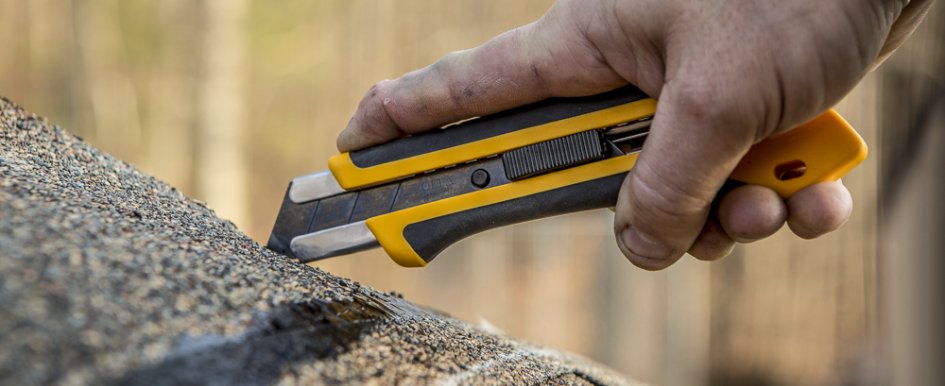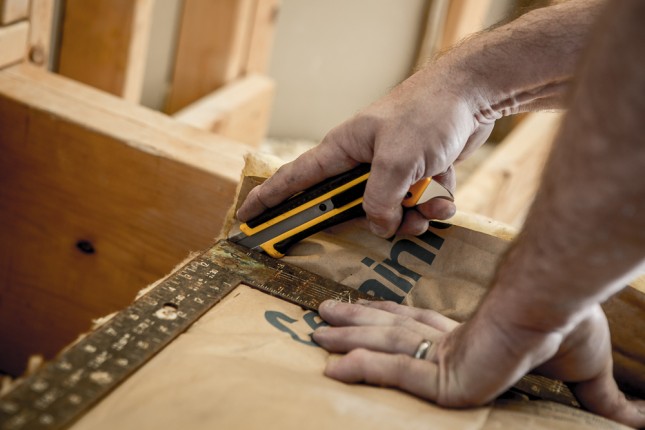
Yankees or Red Sox. Coke or Pepsi. Budweiser or Miller. The world is full of ambiguous choices in which neither option is really right or wrong, but instead depends on personal preference. But some choices are less ambiguous; for example: snap-off blades or trapezoid blades in utility knives. Snap-off blades have six advantages over trapezoids that could make them the solution to improving your utility knives, listed below.
1. More Blades
The cutting edge of a conventional utility knife with a trapezoid blade has only two points maximum—one on each side of the blade. This means the blade can only be renewed once.
However, snap-off blades are not only more convenient to change; they also have eight edges per blade, meaning it lasts six times longer than a trapezoid blade.
2. Faster Change-Out
When the blades need changing, snap-off knives don’t require a long process to do so; it’s a one- to two-second technique involving a pair of pliers or blade snapper, which yields an instant sharp edge the second the dual-edge segment of the dull blade is snapped. When made of steel and high-quality components, the blade breaks exactly where it’s supposed to break.
Changing out a trapezoid blade knife requires a user to remove the housing—sometimes with a screwdriver—flip the blade and reattach the housing. It requires more time and effort, which is not ideal for a busy jobsite or operations center or on scaffolding—both from a time management and a safety viewpoint.
3. Safer Alternative
By using pliers to snap off a blade, the user is protected from the blade edge itself, as the tool acts as a barrier.
With a trapezoid blade, a user is physically handling the blade itself, and doing so often, increasing the likelihood of injury.
4. Longer Blade Exposure
Most commonly preferred utility knives have a ¾-inch blade exposure, limiting what the knife can cut.
With a snap-off knife, if a user needs to cut through something thicker, the flexibility is there. A user can extend additional segments of the snap-off blade and leave the knife locked for a thicker cut. It’s important to note this is not recommended from a safety perspective, as users should not extend the snap-off blade past the score line, but individual users have been known to use a snap-off this way. To maintain safety, solid blades, which come in both 9-millimeter and 18-millimeter versions, are ideal for applications that need extended blade exposure.
5. Always Ready
When users cut on rough, uneven surfaces like concrete floors or the ground, it dulls the blade faster. With a snap-off blade, users have fast access to fresh, always-sharp blades.
A trapezoid blade will become dull at the same rate as a snap-off when cutting on uneven or rough surface, but getting a fresh blade is a longer process. During extensive cutting jobs on rough surfaces, constantly swapping out blades from a trapezoid knife can add up to a lot of lost productivity, whereas a user with a snap-off is back in the game after just a second or two with the pliers.
6. More Bang for Your Buck
It’s hard to make a direct comparison of which type of blade is cheaper at the cash register, because of the wide variety of blade types and sizes available for both kinds of knives. Quality and durability, too, can be hard to quantify.
What’s true, however, is that users get more edges per pack they purchase—a 100-pack of trapezoid blades and 100-pack of snap-off blades are not equal. Because each snap-off blade has eight edges to a trapezoid’s two, users get more within the same package.

